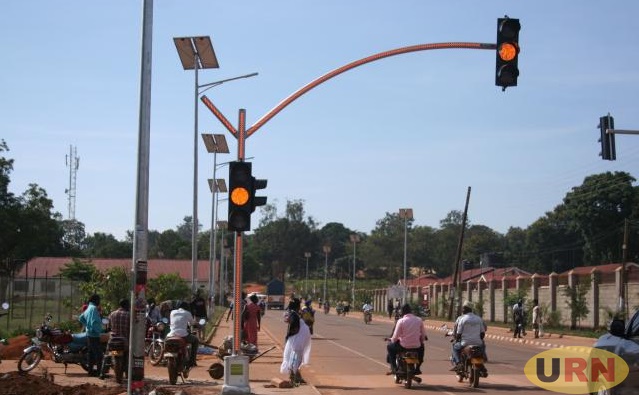
According to Uganda AIDS Commission statistics, Hoima City has the highest HIV/AIDS prevalence rate in the region at 9.6%, followed by Masindi District at 6.1%.
Hoima, Uganda | THE INDEPENDENT | The Uganda AIDS Commission has raised serious concern over the rising HIV prevalence rate in the Bunyoro sub-region, attributing the surge to an influx of people drawn by oil exploration activities and a high number of plantation workers.
According to Uganda AIDS Commission statistics, Hoima City has the highest HIV/AIDS prevalence rate in the region at 9.6%, followed by Masindi District at 6.1%. The infection rates, among the highest in the country, are reported to be most severe among fishing communities.
Dr. Zepher Karyabakabo, Director of Policy, Research, and Programming at the AIDS Commission, noted that the rapid population growth in the area—driven by oil, gas exploration, and major infrastructure projects—has significantly contributed to the increasing infections. He warned that if immediate action is not taken, the country’s goal of eliminating HIV/AIDS by 2030 will be difficult to achieve.
He urged religious, cultural, and political leaders to intensify the fight against HIV/AIDS through community sensitization. Uganda currently has 1,492,000 people living with HIV, with women accounting for 910,000 and men 490,000. Children make up 0.5% of those living with HIV. New infections stand at 38,000 annually, translating to 104 new cases per day.
Of these, 22,000 are women, 11,000 are men, and 4,700 are children. Hoima City has the highest HIV prevalence rate in the country at 9.6%, followed by Masindi District at 6.1% and Kagadi District at 5.4%. The Uganda AIDS Commission cited multiple sexual partners, transactional sex, low condom use, discordance and non-disclosure, low male circumcision, alcohol and drug abuse, and complacency due to ART availability as key drivers of the increasing prevalence.
High-risk groups identified include female sex workers, who account for 33% of HIV transmissions, followed by fishers at 23% and prisoners at 15%. Men who inject drugs contribute to 8% of new infections, while male-to-male HIV transmission is at 13%. Hoima City Resident City Commissioner Badru Mugabi linked the spread of HIV in Bunyoro to the large number of workers flocking to the region for oil and gas jobs.
He noted that over 700 EACOP staff and 1,500 oil and gas workers reside in hotels, frequently using saunas and steam rooms, where they engage in risky sexual behaviors with locals.
Hoima City Mayor Brian Kaboyo urged residents to take extra precautions by prioritizing HIV testing and prevention measures. The Uganda AIDS Commission has also raised alarm over a potential shortage of antiretroviral drugs (ART), with stock levels projected to run out by September 2025.
Dr. Karyabakabo warned that Uganda could face a crisis if restrictions imposed by the U.S. government are not relaxed, as this may lead to higher drug costs. However, Judith Namara, a member of the Uganda AIDS Commission, reassured the public that current drug stocks are sufficient but stressed the urgent need for increased prevention efforts to curb the rising infections.
She called for broader engagement from all sectors, including government, civil society, religious institutions, and cultural leaders, to combat the growing HIV epidemic in Bunyoro and Uganda at large.
***
URN
 The Independent Uganda: You get the Truth we Pay the Price
The Independent Uganda: You get the Truth we Pay the Price



